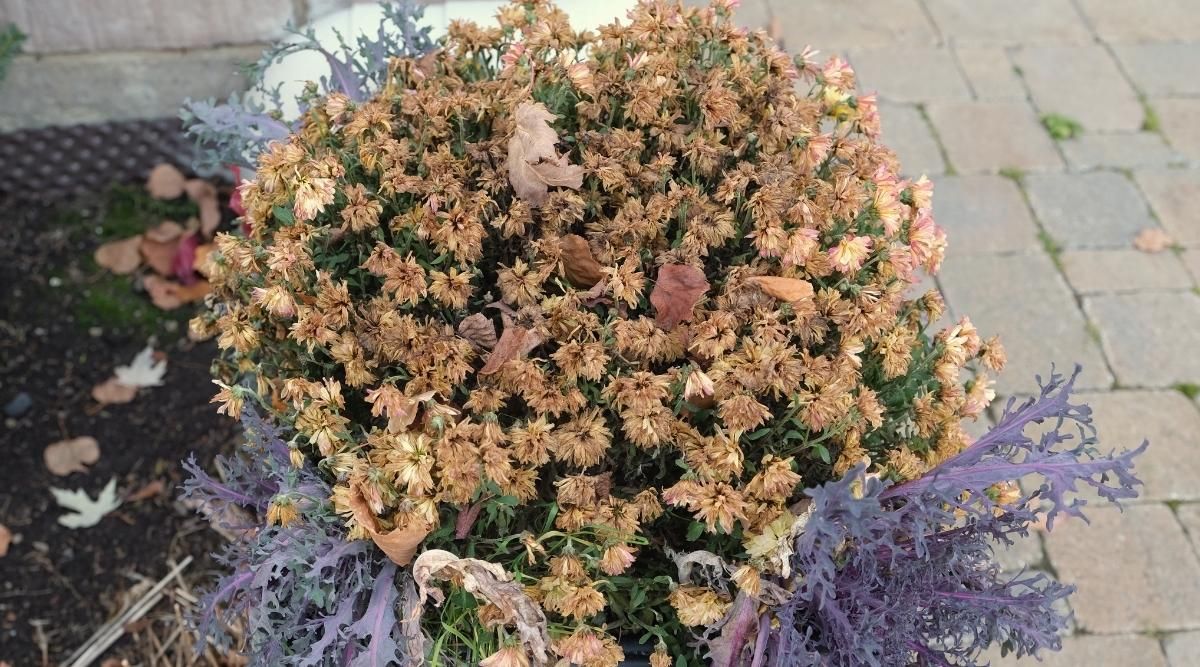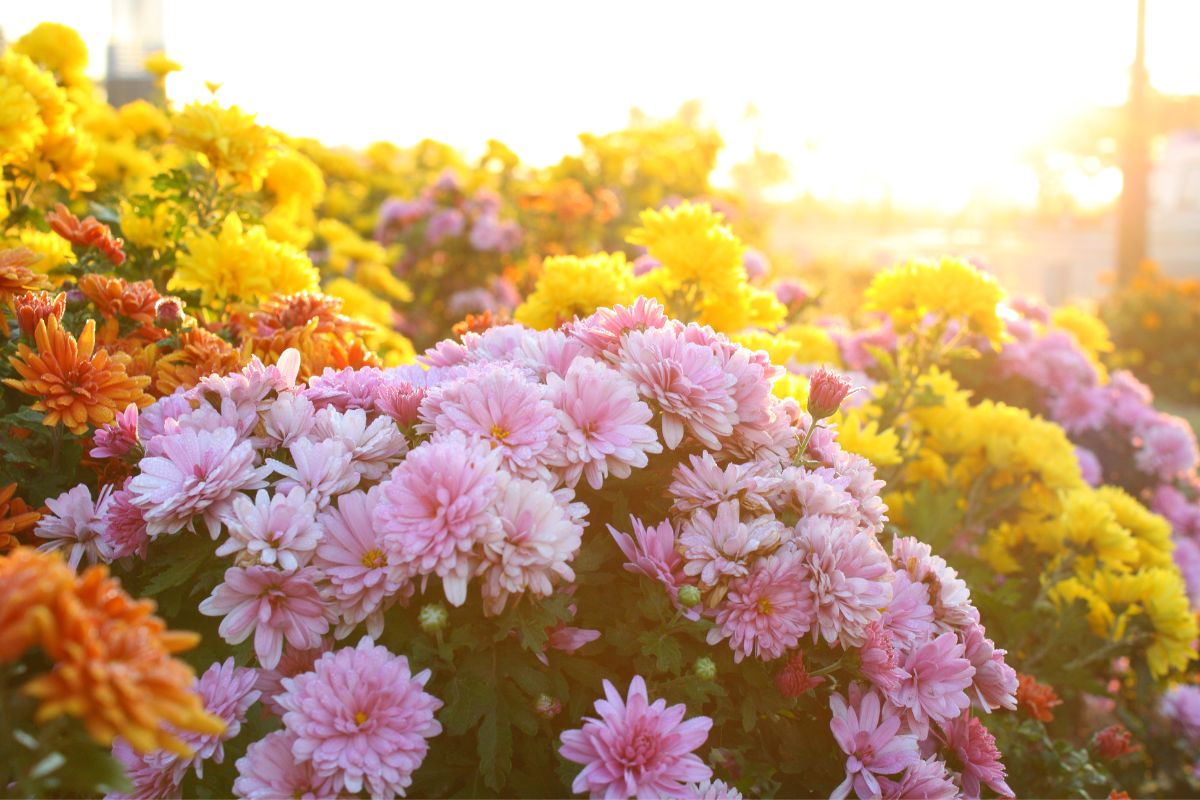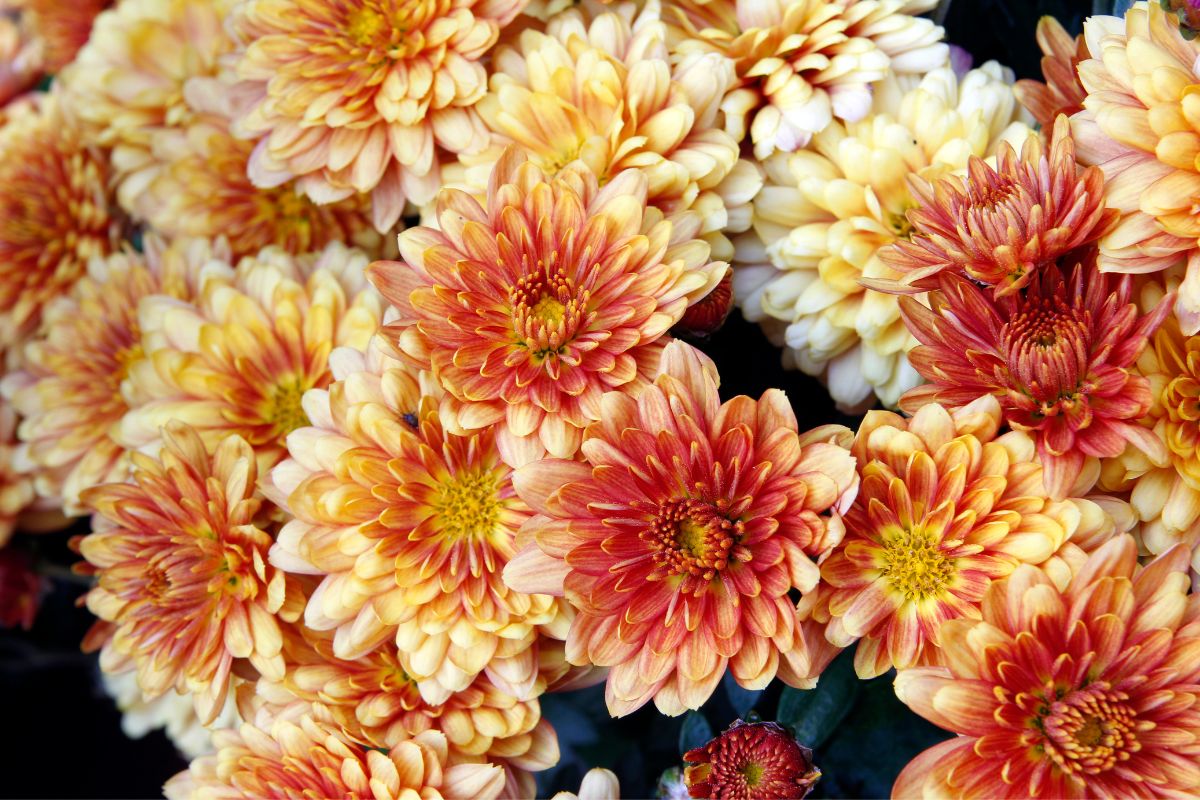What To Do When Mums Turn Brown – When you notice that your mums are turning brown, it can be concerning and disappointing. Mums, or chrysanthemums, are a popular choice for gardeners and flower enthusiasts alike due to their vibrant colors and beautiful blooms. However, just like any plant, they are susceptible to various issues that can lead to their decline. In this article, we will explore the reasons why mums turn brown and provide you with actionable steps you can take to revive and maintain these beloved plants. 🌼
Understanding Mums: A Quick Overview
Mums, also known as chrysanthemums, belong to the Asteraceae family and are native to Asia and northeastern Europe. They bloom in various colors, including yellow, red, white, and purple, making them a favorite for autumn gardens and seasonal decorations. Mums are perennial flowers, which means they can return year after year if properly cared for.
Common Reasons Why Mums Turn Brown
Before diving into solutions, it’s essential to identify why your mums are turning brown. Several factors could be at play:
1. Environmental Stress
Environmental stressors such as extreme temperatures, inadequate sunlight, or insufficient watering can affect the health of your mums. For example, too much sun can scorch the leaves, while too little sunlight can weaken the plant, making it more susceptible to disease.
2. Pest Infestation
Pests such as aphids, spider mites, and whiteflies can lead to browning leaves and wilting flowers. These pests feed on the plant’s sap, causing damage that can result in brown spots and overall decline.
3. Fungal Diseases
Mums are prone to various fungal diseases, including powdery mildew and root rot. These diseases can manifest as browning leaves, wilting blooms, and a general lack of vitality in the plants.
4. Nutrient Deficiencies
A lack of essential nutrients, particularly nitrogen, can also lead to browning leaves. Mums require a balanced diet to thrive, and deficiencies in vital nutrients can affect their overall health.
5. Overwatering or Underwatering

Watering practices play a crucial role in the health of your mums. Overwatering can suffocate the roots, leading to root rot, while underwatering can cause the plant to become dehydrated, resulting in brown, crispy leaves.
What to Do When Mums Turn Brown: Step-by-Step Solutions

Now that we’ve identified the potential causes of browning mums, let’s discuss some effective solutions to help revive your plants.
1. Assess Environmental Conditions, What To Do When Mums Turn Brown
First, evaluate the environment where your mums are planted. Are they receiving adequate sunlight? Ensure that they get at least 6 hours of sunlight each day. If they are in direct sunlight for too long, consider providing some shade during the hottest part of the day.
2. Check for Pests
Inspect your mums regularly for signs of pests. Look under the leaves and along the stems. If you spot any pests, take action quickly:
| Pest | Symptoms | Solution |
|---|---|---|
| Aphids | Sticky residue, curled leaves | Use insecticidal soap or neem oil |
| Spider Mites | Webbing on leaves, yellow spots | Increase humidity and apply miticides |
| Whiteflies | Yellowing leaves, wilting | Use sticky traps and insecticidal soap |
3. Treat Fungal Diseases
If you suspect that your mums have a fungal disease, consider using a fungicide specifically designed for flowering plants. Make sure to follow the instructions carefully and apply as needed to control the spread of the disease. Additionally, ensure good air circulation around the plants to prevent future outbreaks.
4. Fertilize Properly
To address nutrient deficiencies, use a balanced fertilizer designed for blooming plants. Look for a fertilizer with a balanced N-P-K ratio (nitrogen, phosphorus, potassium). Follow the manufacturer’s instructions for application rates. Remember to fertilize during the growing season but reduce or stop fertilizing in late summer to prepare your mums for winter dormancy.
Important Note: Over-fertilization can also cause browning, so be cautious and follow guidelines closely!
5. Adjust Watering Practices
Watering is crucial for the health of your mums. Follow these tips to improve your watering practices:
- Check Soil Moisture: Stick your finger into the soil about an inch deep. If it feels dry, it’s time to water.
- Water Deeply: When watering, do so deeply but infrequently to encourage strong root growth.
- Avoid Watering Foliage: Water at the base of the plant to reduce the risk of fungal diseases.
Preventing Future Browning of Mums: What To Do When Mums Turn Brown
Once you’ve addressed the immediate causes of browning, it’s crucial to implement preventive measures to keep your mums healthy in the long run.
1. Choose the Right Variety
Consider selecting mum varieties that are more resistant to pests and diseases. Research local conditions and choose plants that thrive in your climate.
2. Proper Pruning
Pruning your mums in the fall after blooming can promote healthy growth in the spring. Remove dead or dying leaves and spent flowers to improve air circulation and reduce the risk of diseases.
3. Monitor Regularly
Regularly check your mums for any signs of stress, pests, or diseases. Early detection can help you address issues before they become significant problems.
4. Mulching
Applying mulch around your mums can help retain moisture, regulate soil temperature, and prevent weed growth. Use organic mulch such as wood chips or straw for the best results.
Conclusion
Taking care of mums requires attention and proactive measures to prevent and address browning leaves and unhealthy blooms. By understanding the reasons behind the browning and implementing the strategies discussed, you can help ensure your mums remain vibrant and healthy throughout the season. With proper care and monitoring, your garden will be filled with the colorful beauty of mums, bringing joy and cheer to your outdoor space. 🌸
